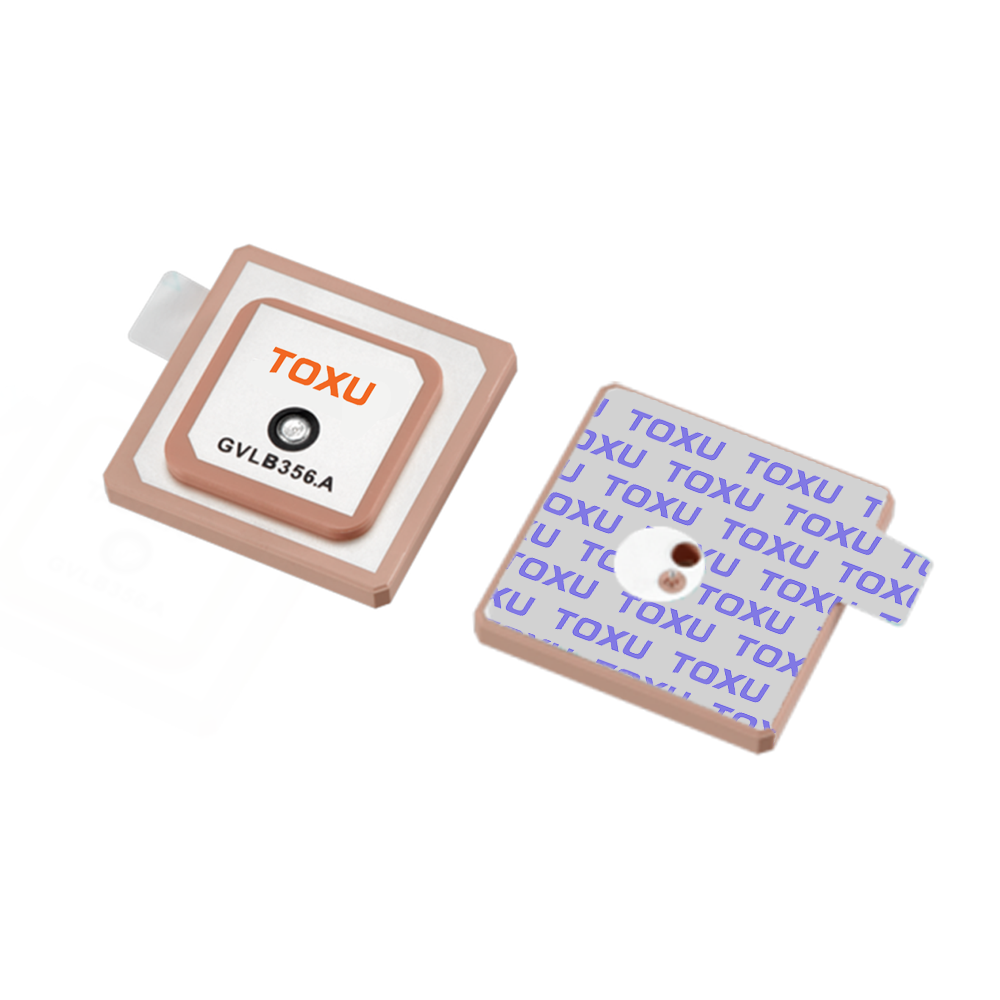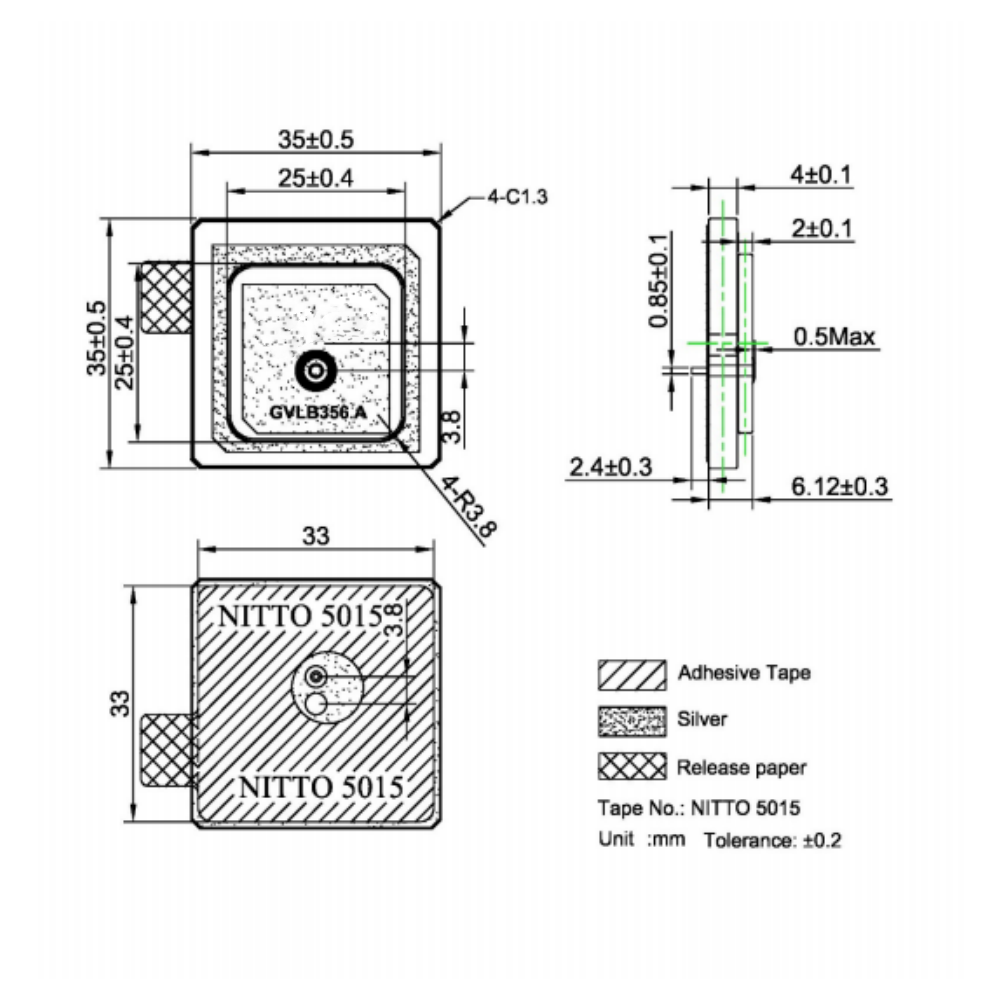Current Applications
Automotive Navigation: Multi-band GNSS antennas are used in vehicle navigation systems to provide accurate positioning information for driver assistance and autonomous driving applications.
Precision Agriculture: In agriculture, these antennas support precision farming techniques by enabling precise mapping and monitoring of crop yields, soil moisture, and other critical parameters.
Asset Tracking: Low-power multi-band GNSS antennas enable the tracking of valuable assets such as containers, vehicles, and livestock, ensuring their security and efficient management.
Aerospace and Defense: In military and aerospace applications, these antennas support navigation, surveillance, and communication systems, where reliability and performance are critical.
Consumer Electronics: Smartphones, smartwatches, and fitness trackers rely on multi-band GNSS antennas for accurate positioning and navigation, enhancing user experience.
Future Trends
Miniaturization: As technology advances, there is a continuous drive to make GNSS antennas even smaller, enabling their integration into increasingly compact devices.
Integration with 5G and Beyond: The integration of GNSS technology with 5G and future wireless communication networks can open up new applications and improve the overall performance of positioning systems.
Advanced Materials: The development of new ceramic materials with improved dielectric properties and lower loss can further enhance antenna performance and efficiency.
Multi-Constellation Support: Future antennas are expected to support signals from an even wider range of satellite constellations, enhancing global coverage and compatibility.
AI and Machine Learning: The use of artificial intelligence and machine learning algorithms in GNSS receivers can optimize antenna performance, improving signal processing and error correction capabilities.
Conclusion
Multi-band GNSS ceramic antennas have emerged as a critical component in modern navigation and positioning systems, enabling precise and reliable positioning across a wide range of applications. Their ability to receive signals from multiple GNSS bands simultaneously enhances accuracy, reliability, and global coverage, making them ideal for use in automotive navigation, precision agriculture, asset tracking, and consumer electronics. Despite facing challenges such as design complexity and signal interference, ongoing advancements in materials science and antenna design continue to drive improvements in performance and efficiency.
As the demand for high-precision positioning solutions grows, the importance of multi-band GNSS ceramic antennas will only increase. Future trends, including miniaturization, integration with 5G, and the use of advanced materials, promise to further expand their applications and enhance their capabilities. By staying at the forefront of technological innovation, manufacturers can continue to meet the evolving needs of consumers and industries, ensuring that multi-band GNSS ceramic antennas remain a cornerstone of modern navigation and positioning systems.




































































 Language
Language
 En
En Cn
Cn Korean
Korean

 Home >
Home > 







 18665803017 (Macro)
18665803017 (Macro)













